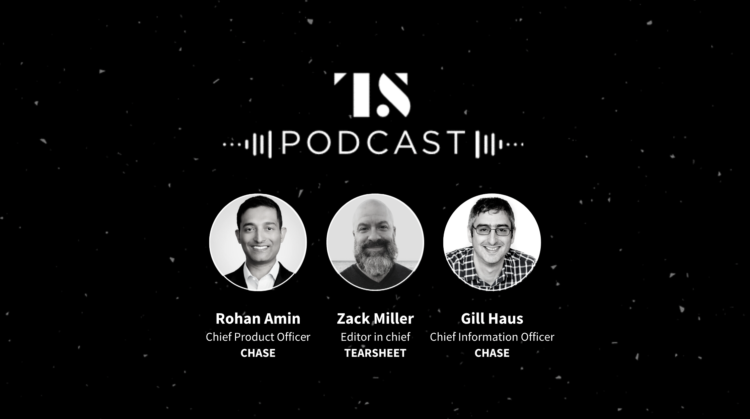Podcasts
How JPMorgan Chase’s recent C-suite changes enable more, new, and quicker product launches
- JPMorgan Chase has 60 million customers digitally engaging with the bank.
- Newly appointed CPO Rohan Amin and CIO Gill Haus join us on the podcast to discuss the future of the bank and the products and services it offers.








